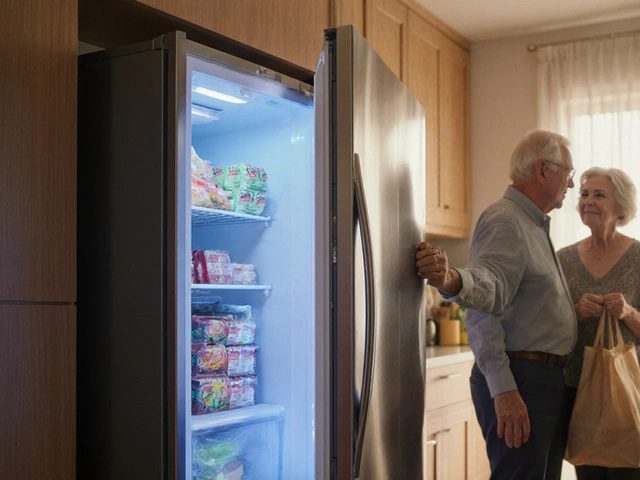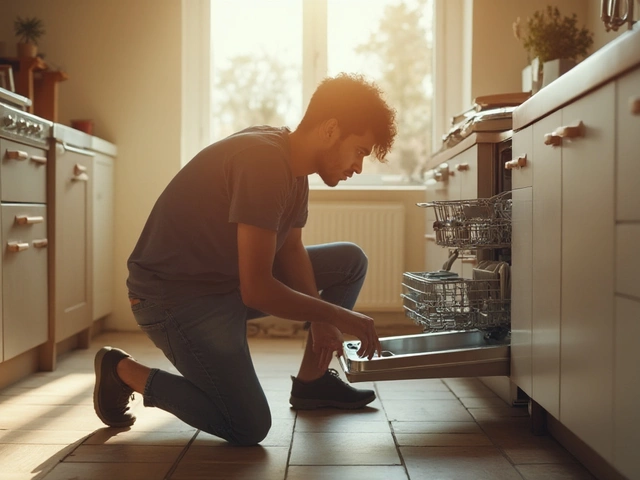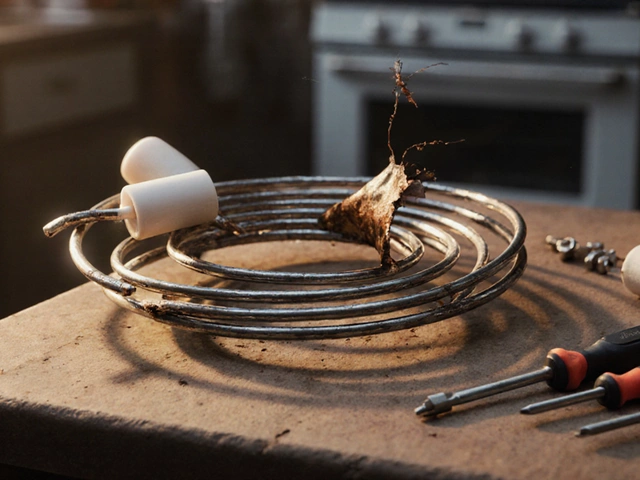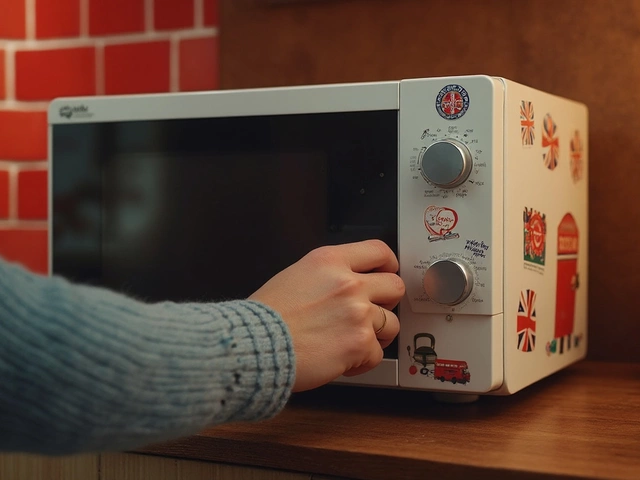Hot Water Troubleshooting Made Simple
Cold shower? No hot water in the kitchen? It happens more often than you think, and most of the time you don’t need a pricey call‑out. With the right checklist you can spot the problem, try a few easy fixes, and decide if a professional is really necessary.
Common Reasons Hot Water Stops Working
First, know the usual suspects. A broken thermostat, a tripped breaker, a sediment‑filled tank, or a faulty heating element can all leave you shivering. Here’s a quick rundown:
- Power or gas supply issues – If the breaker keeps tripping or the gas valve won’t stay on, the heater can’t fire up.
- Thermostat set too low – Some people accidentally switch the dial down after a holiday.
- Blocked inlet/outlet – Sediment builds up at the bottom of a tank, reducing heating efficiency.
- Faulty heating element – In electric heaters, a burnt element will stop heating the water.
- Vent or exhaust problems – Gas heaters need a clear vent; a blocked flue can shut them down for safety.
Knowing which of these sounds familiar saves time when you start testing.
Step‑by‑Step Troubleshooting Checklist
Grab a notepad and work through these steps. Most take under ten minutes.
- Check the power or gas: For electric units, look at the circuit breaker. Flip it off, wait a few seconds, then flip it back on. For gas, make sure the pilot light is lit. If it won’t stay lit, you likely need a professional.
- Inspect the thermostat: Turn the dial up a few degrees and wait 15 minutes. If water warms, the thermostat was just set low.
- Listen for the burner or heating element: You should hear a faint hum from an electric heater or a soft roar from a gas burner. No sound? The element or burner may be dead.
- Flush the tank: Turn off the heater, attach a garden hose to the drain valve, and let the water run until it’s clear. This removes sediment that can choke heating.
- Check for leaks: A small drip around the tank may indicate a failing pressure‑relief valve or a cracked tank. Leaks usually mean replacement is the safest choice.
- Test for hot water at multiple taps: If one faucet gets hot but others don’t, you might have a localized pipe issue, not the heater itself.
If any step restores hot water, great – you’ve saved a call‑out. If you still have cold water after these checks, it’s time to call a qualified repair service. A professional can test internal components, replace heating elements, or install a new system safely.
Even when you need a pro, you’ll be better prepared. Knowing the likely cause helps the technician fix the problem faster and can lower your bill.
Quick maintenance goes a long way. Flushing the tank twice a year, checking the pressure‑relief valve, and keeping the area around the heater clear of clutter will keep your hot water reliable for years.
So next time the shower feels like an ice bath, run through this checklist first. You might be back to warm water in minutes, and if not, you’ll know exactly what the expert needs to look at.






